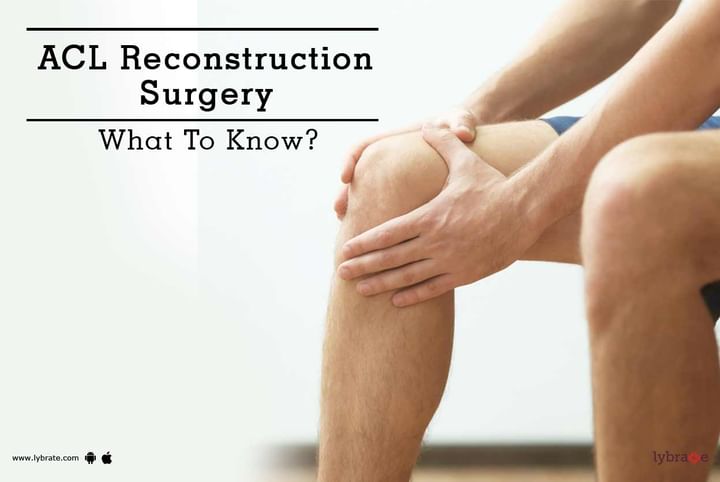ACL Reconstruction Surgery - What To Know?
The Anterior Cruciate Ligament (ACL) is one of the most important ligaments in the knee. Sportsmen have the highest risk of ACL injuries. As the ACL is stretched while making sudden turns, running or jumping, it may get damaged or even tear. The ACL is responsible for holding the leg bones together at the knee. Hence, if it is torn, the patient may have trouble putting pressure on the knee, standing for a long duration of time or even while walking.
Slight tears in the ACL can be treated with physical therapy. If the ACL is completely torn, reconstruction surgery is usually advised. This is an outpatient procedure that involves removing the torn ligament and replacing it with a donor tendon or a tendon from another part of the knee. It may be performed with a minimally invasive technique.
The surgery is usually preceded by several weeks of physical therapy. This aims at reducing the swelling and pain in the knee and strengthening the muscles. It also helps the knee heal better after the procedure and regain full range of motion. Certain types of medication such as blood thinners may have to be stopped before the surgery.
The surgery is typically performed while the patient is under general anesthesia. Small incisions are made around the affected knee through which surgical instruments can be inserted. The damaged ligament is removed and replaced with a healthy tendon. The surgeon will then drill tunnels or sockets into the thigh and shin bone to put the tendon in place. This may then be secured to the bone with screws. As the new ligament tissue grows, this tendon acts as scaffolding to support it.
It is a daycare procedure. The patient may be advised to wear a splint or knee brace and may have to walk with the help of crutches for a while. Rest is the best way to recover after this surgery. The knee will also need to be iced every two hours. As the knee heals, physical therapy will be prescribed to help the muscles regain their strength and to improve flexibility. Full range of motion should be achieved within a few weeks of the surgery.
Though the surgery is considered safe, there are a few risks associated with it. Bleeding and infection are potential risks. The patient may also complain of stiffness in the knee, pain and poor healing of the grafted tendon.
Newer technique: Bone preserving ALL INSIDE anatomical reconstruction of ACL, helps in faster recovery. Surgery is performed local (spinal Anaesthesia).



+1.svg)
